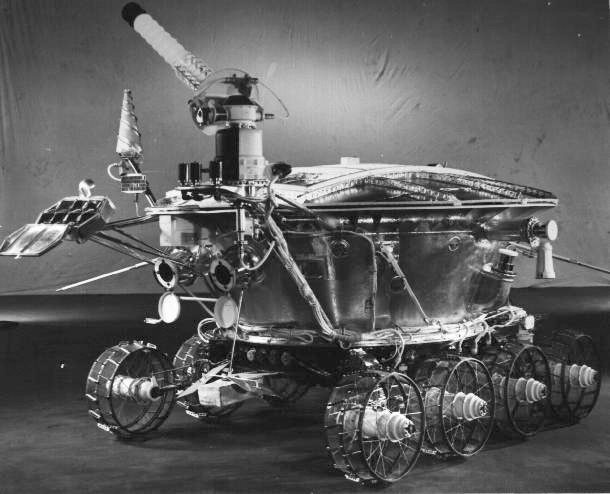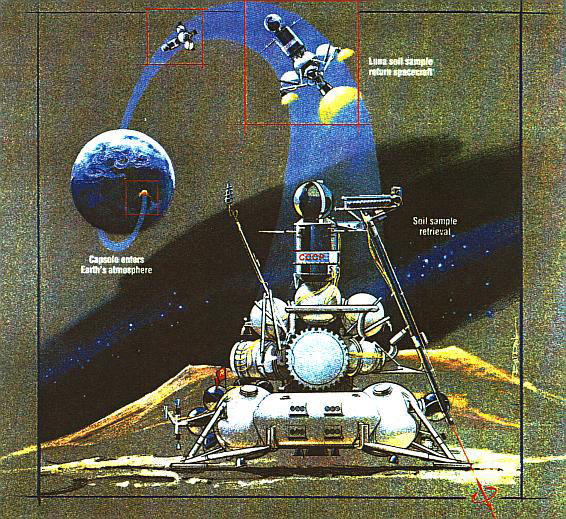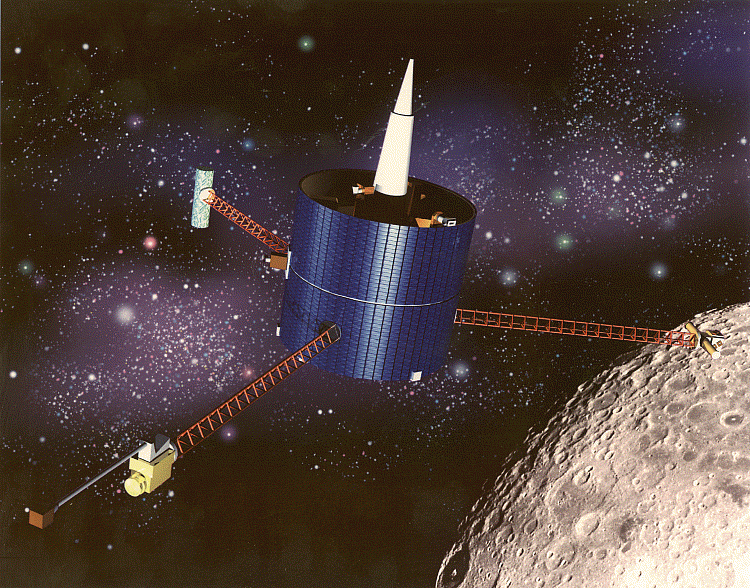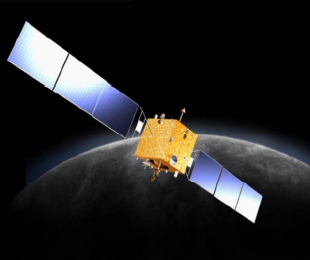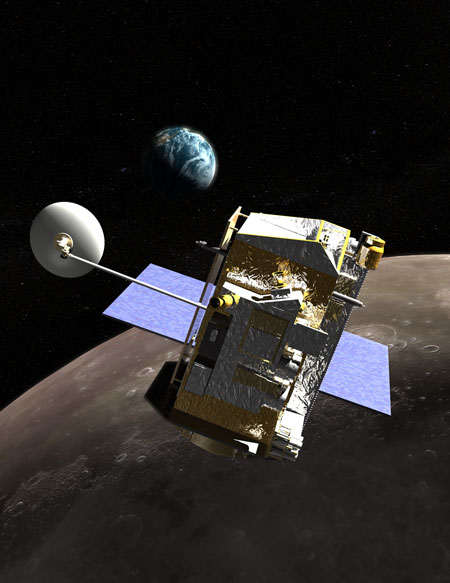The 21 Most Marvelous Moon Missions of All Time
Lunokhod 1
The Soviet Lunokhod 1 was the first lunar rover to traverse the moon. The rover launched unmanned on Nov. 10, 1970 as part of the Luna 17 mission. After touching down on the moon, the remote-controlled vehicle traveled over 6 miles (10.5 kilometers), snapping photos and video the whole way.
Luna 24
The Soviet Lunokhod 1 was the first lunar rover to traverse the moon. The rover launched unmanned on Nov. 10, 1970 as part of the Luna 17 mission. After touching down on the moon, the remote-controlled vehicle traveled over 6 miles (10.5 kilometers), snapping photos and video the whole way.
Lunar Prospector
This NASA unmanned spacecraft launched Jan. 7, 1998 on a mission to orbit the moon in search of signs of water ice and other minerals in permanently shaded craters at the lunar poles. Over the course of 19 months, the probe compiled a map of the mineral composition over the surface, before crash landing on July 31, 1999.
SMART-1
This mission represented the first lunar mission entrée from the European Space Agency. The unmanned SMART-1 probe launched on Sept. 27, 2003, and reached lunar orbit in November 2004. The small spacecraft was powered by ion engine using solar electric energy.
Kaguya (SELENE)
This Japanese mission to the moon lifted off Sept. 14, 2007, and entered orbit around the moon less than a month later. The spacecraft is still in lunar orbit, compiling the most detailed map yet of the moon's gravitational field.
Chang'e 1
China's first mission beyond Earth launched Oct. 24, 2007. The unmanned spacecraft orbited the moon until March 2009, when it was intentionally crashed into the lunar surface. China followed that mission with the Chang'e 2 probe, which launched on Oct. 1, 2010 and only recently left the moon to travel to the L1 Lagrange Point between the Earth and the sun.
Chandrayaan-1
Not to be outdone, India joined the moon exploration game on Oct. 22, 2008, when it launched the robotic Chandrayaan-1 probe to lunar orbit. India's first mission beyond Earth, the probe observed the moon from orbit until August 2009. In November 2008, the spacecraft released the Moon Impact Probe to slam into the moon, ejecting dirt that might reveal traces of lunar water ice. In September 2009, results from one of Chandrayaan-1's instruments, the Moon Mineralogy Mapper, helped detect evidence for water on the moon.
Breaking space news, the latest updates on rocket launches, skywatching events and more!
Lunar Reconnaissance Orbiter
LRO was NASA's first moon mission since the Apollo era. The unmanned orbiter launched on June 18, 2009. Originally planned as a precursor to manned American return trips to the moon, LRO has been mapping the lunar surface in high-resolution 3-D. The probe has good enough vision to spot footprints from the Apollo astronauts. LRO launched with the LCROSS mission designed to hunt for water on the moon.
Lunar Crater Observation and Sensing Satellite (LCROSS)
Launched to the moon with LRO, the LCROSS mission succeeded in confirming the presence of water on the moon after it crashed into the lunar surface. The $79 million spacecraft impacted the moon's south pole as it took pictures of its descent.
GRAIL
NASA's twin GRAIL spacecraft are due to launch Sept. 8, 2011 on a mission to study the lunar gravitational field from orbit to learn more about the moon's formation and history. The two spacecraft will take an energy-efficient route to polar orbit around the moon, planning to arrive on Dec. 31, 2011. Researchers plan to monitor slight changes in the distance between the two probes caused by variations in the moon's gravitational field.

Clara Moskowitz is a science and space writer who joined the Space.com team in 2008 and served as Assistant Managing Editor from 2011 to 2013. Clara has a bachelor's degree in astronomy and physics from Wesleyan University, and a graduate certificate in science writing from the University of California, Santa Cruz. She covers everything from astronomy to human spaceflight and once aced a NASTAR suborbital spaceflight training program for space missions. Clara is currently Associate Editor of Scientific American. To see her latest project is, follow Clara on Twitter.
